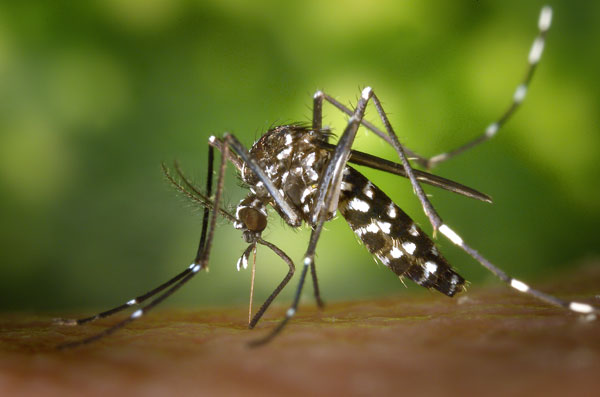
Bug off: Knowing your bug bites and stings
Bug season is back baby! Do you know the difference between the most common bug bites and what to do if you get one?
I was once bit by a tick. True story. I pulled the ugly thing out of my leg, stared at it for a second and proceeded to strip off all my clothing and dance around like a lunatic – thankfully, this all happen in my living room. What a tick was doing in there I’ll never know. Ugh, hideous bug [shiver] … this happened many many years ago and I still cringe at the thought. My roommates and everybody I told insisted I run to the doctor because I had “for sure” contracted lyme disease. It turns out I was completely fine but the doctor seemed annoyed. In my defence, it’s better to be safe than sorry 😉
As summer approaches and you plan for picnics, hiking, camping and other outdoor activities, it’s best to be prepared for encountering bugs. Here are some tips on how to recognize, treat and avoid common bug bites and stings.
Identifying Bites and Stings
Bees and wasps
The site of a bee or wasp sting will be red, swollen, and possibly painful or itchy. Wasps sting multiple times, while bees sting only once, leaving their stingers behind. If you are stung by a bee, remove the stinger carefully with a scraping motion to avoid injecting further venom, then disinfect the area. To reduce swelling, apply ice. Acetaminophen can be used to reduce the pain.
Ants
Ant stings produce itchy lumps, followed by blisters within a few hours. Disinfect the area, and to avoid a bacterial infection, do not break the blister. Oral antihistamines or cortisone creams will reduce itching.
Mosquitoes
Mosquito bites cause red, itchy bumps. To relieve the itching, apply calamine lotion. For severe swelling, take an oral antihistamine.
Ticks
Ticks are often embedded in the skin. If a tick is no longer present, the area around the bite may be red. After spending time in wooded areas, thoroughly check yourself for ticks. To remove a tick, place tweezers at its head where it is attached to the skin and gently pull. Disinfect the area. In some regions, ticks may transmit Lyme disease. It is also important to check your pets for ticks after they have been outside. Save the tick in a jar for several weeks so that you can bring it to the doctor or vet if you or your pet become ill.
Seeking Medical Attention
If you exhibit any of the following symptoms, call your doctor immediately:
- Swelling larger than 5 centimetres in diameter around the bite site
- Swelling of the face, tongue or throat
- Difficulty breathing
- Chest pain or heart palpitations
- Joint pain
- Muscle stiffness or spasms
- Rash or hives
- Fever, nausea or vomiting
- Severe headaches
Preventing Bites and Stings
- Limit exposure to high-risk environments such as marshes, stagnant water and heavily wooded areas.
- Avoid outdoor activity during peak mosquito times (dawn, dusk or after a heavy rain).
- Wear light-coloured protective clothing such as long pants, long-sleeve shirts, socks and shoes.
- Use caution when drinking from open beverage containers, and keep food covered to avoid ant, bee and wasp stings.
- Keep window screens in good repair.
- Use insect repellent. Be sure to follow directions carefully, especially for use on children.
POPULAR POSTS
-
 January 11, 2025Planning a Trip? Don’t Forget Travel Insurance
January 11, 2025Planning a Trip? Don’t Forget Travel Insurance -
 November 15, 2024Why High Net Worth Individuals Need Specialized Home Insurance
November 15, 2024Why High Net Worth Individuals Need Specialized Home Insurance -
 December 5, 2024How to Read and Understand Your Insurance Policy Like a Pro
December 5, 2024How to Read and Understand Your Insurance Policy Like a Pro -
 January 2, 2025New Year, New Coverage
January 2, 2025New Year, New Coverage



























